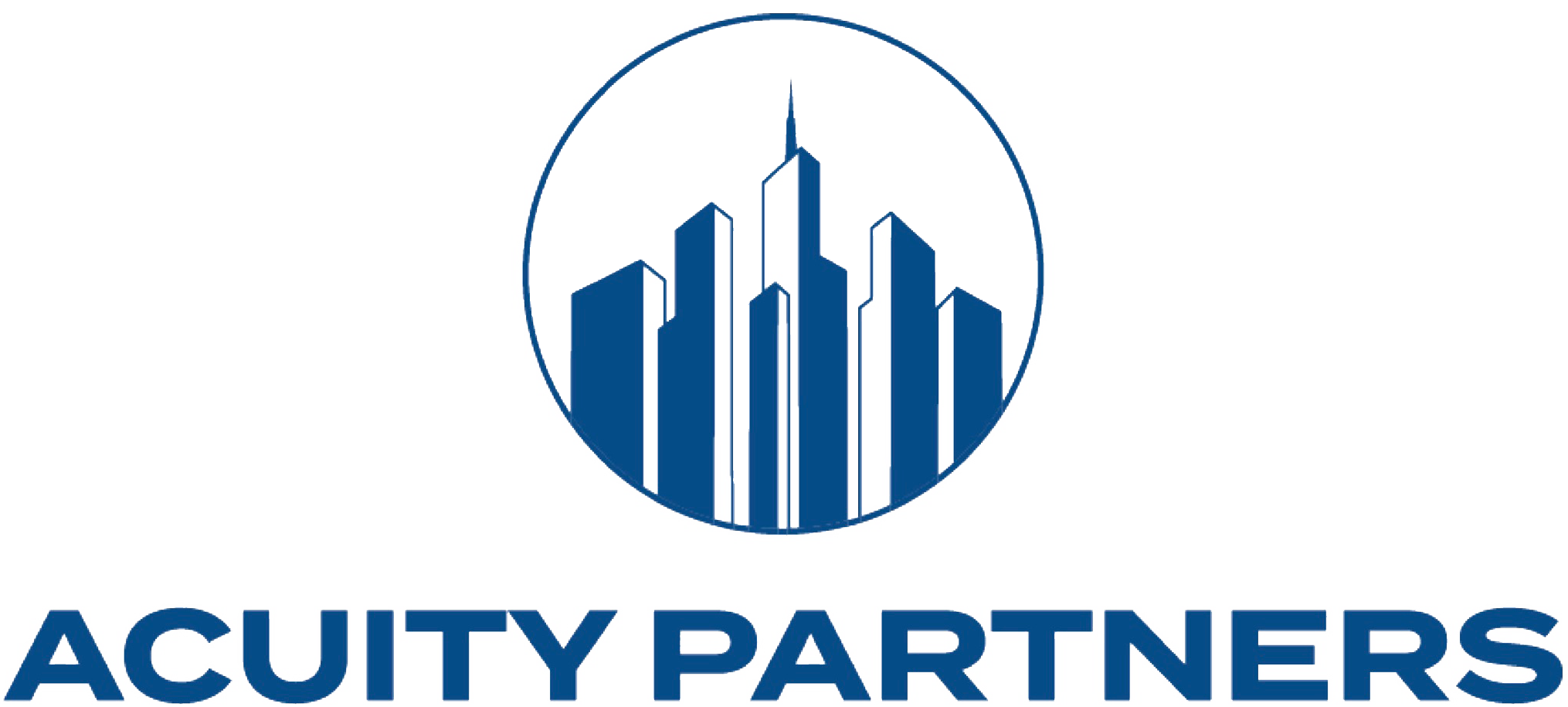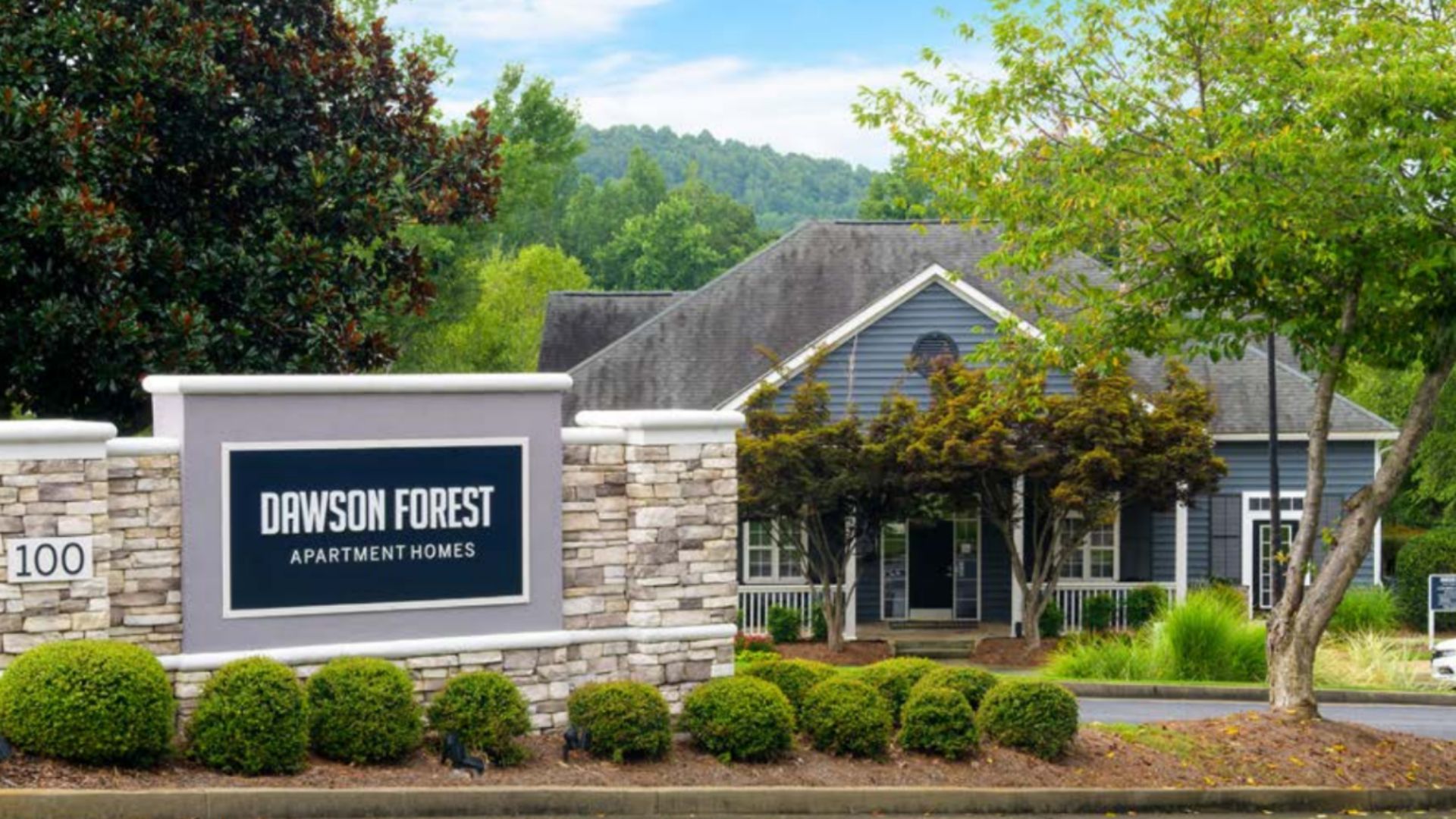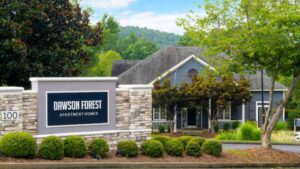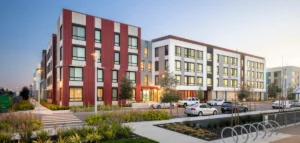US apartment demand spiked during the second quarter of 2019 with product absorption climbing to a five-year high, according to RealPage. It reports that net move-ins totaled 155,515 units in the April-through-June time frame, topping Q2 2018 product absorption by 11%.
There are a number of reasons for the increase, says RealPage Chief Economist Greg Willett. Solid economic growth is encouraging new household formation, while the number of existing renters purchasing homes remains limited compared to historical levels, he says. The time of year also helps, he adds.
“Apartment leasing activity accelerates during the warmer weather months, and demand is proving especially strong in this year’s primary leasing season.”
With demand proving so strong in the second quarter, occupancy tightened despite the delivery of quite a bit of new product. Occupancy climbed to 95.8% in the second quarter, up from 95.4% a year earlier.
Rents for new leases increased 1.8% during the second quarter, which normally is when pricing moves most rapidly during the course of the year. Rents are up 3% from year-ago levels, reaching an average of $1,390 per month.
Building in the US apartment sector remains at three-decade highs, RealPage also reports—which could lead to near-term risk. Market-rate apartment properties under construction contain more than 418,000 units that will be finished during roughly the next 18 months.
Willett reports that most economists are anticipating a slowdown in economic growth, which will cool support for housing demand. “It would be tough to maintain price growth with so many new properties moving through initial lease-up at a time when demand has weakened.”











